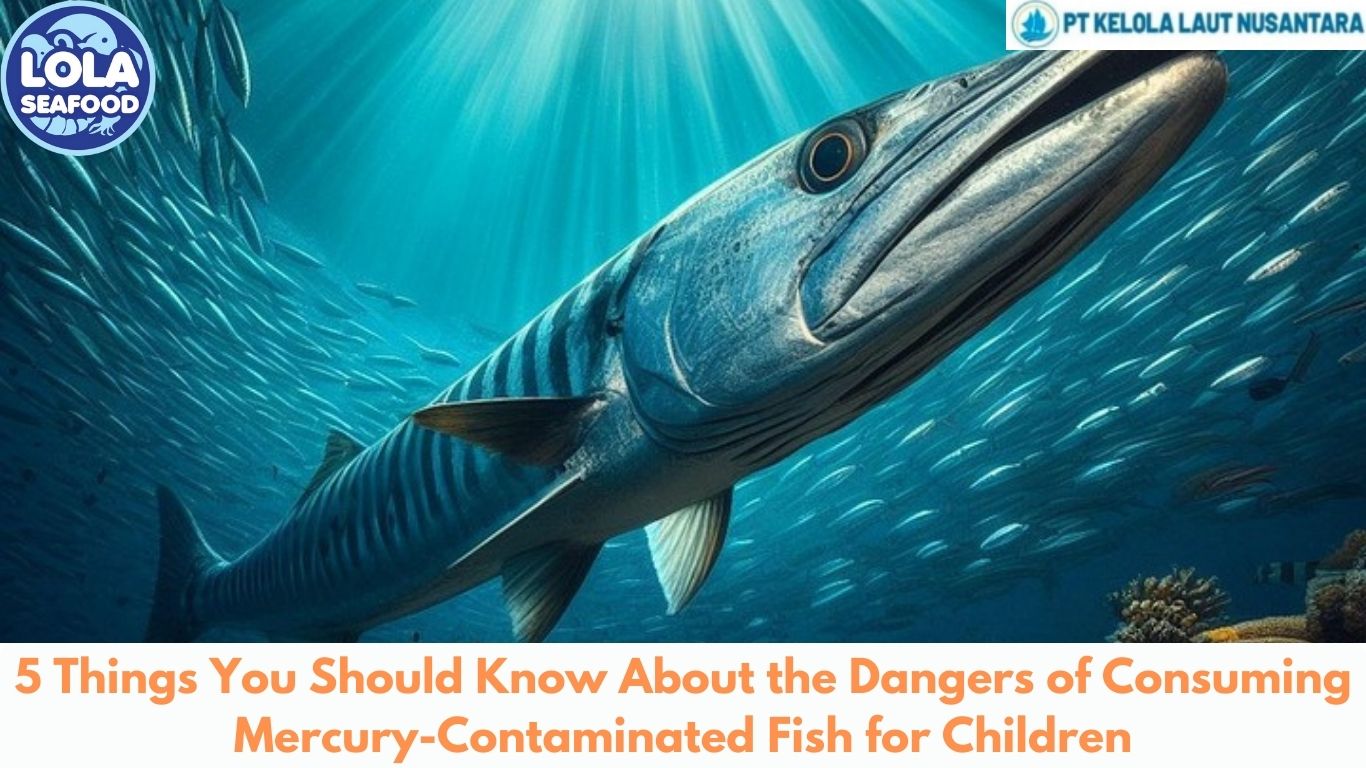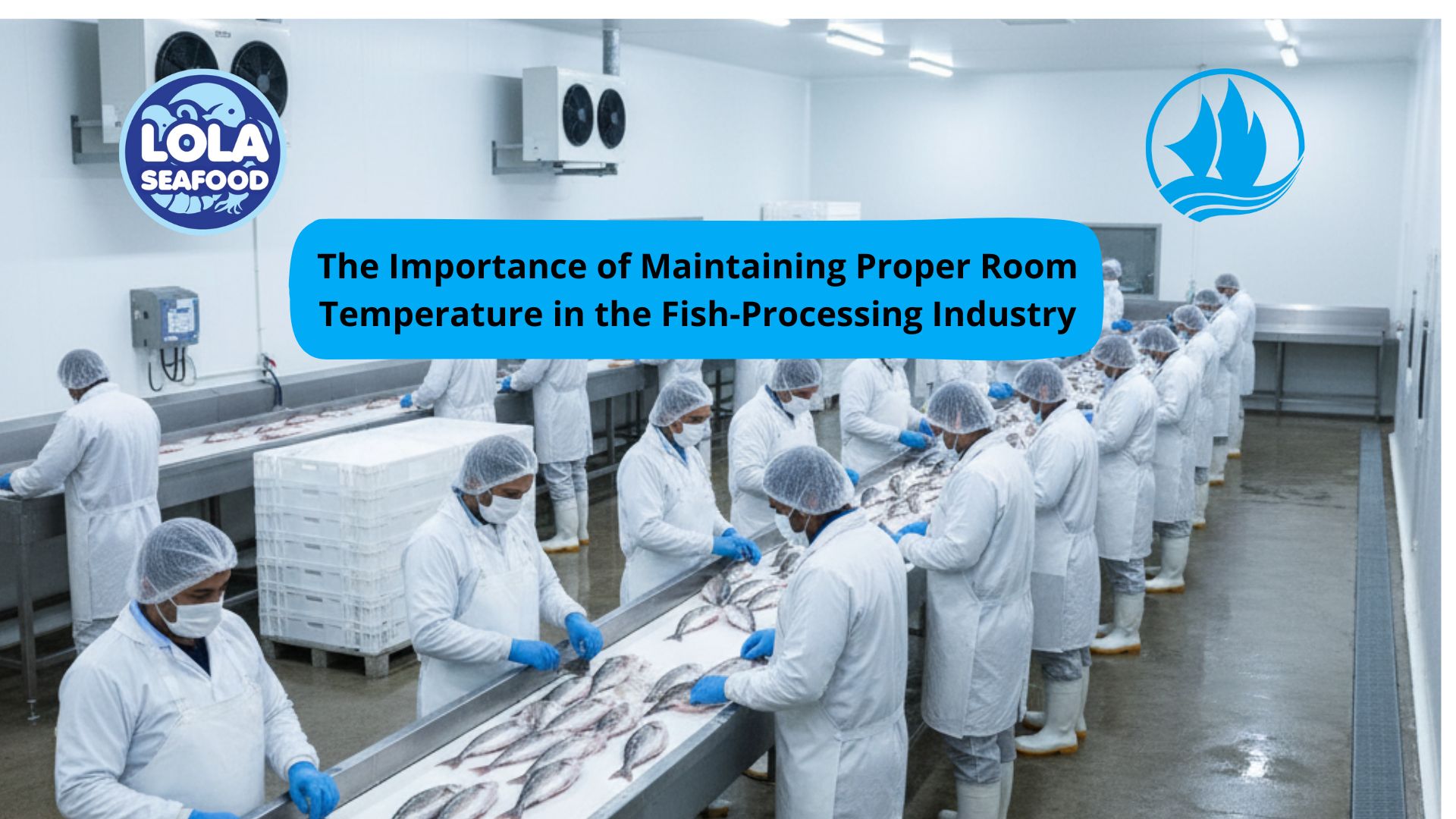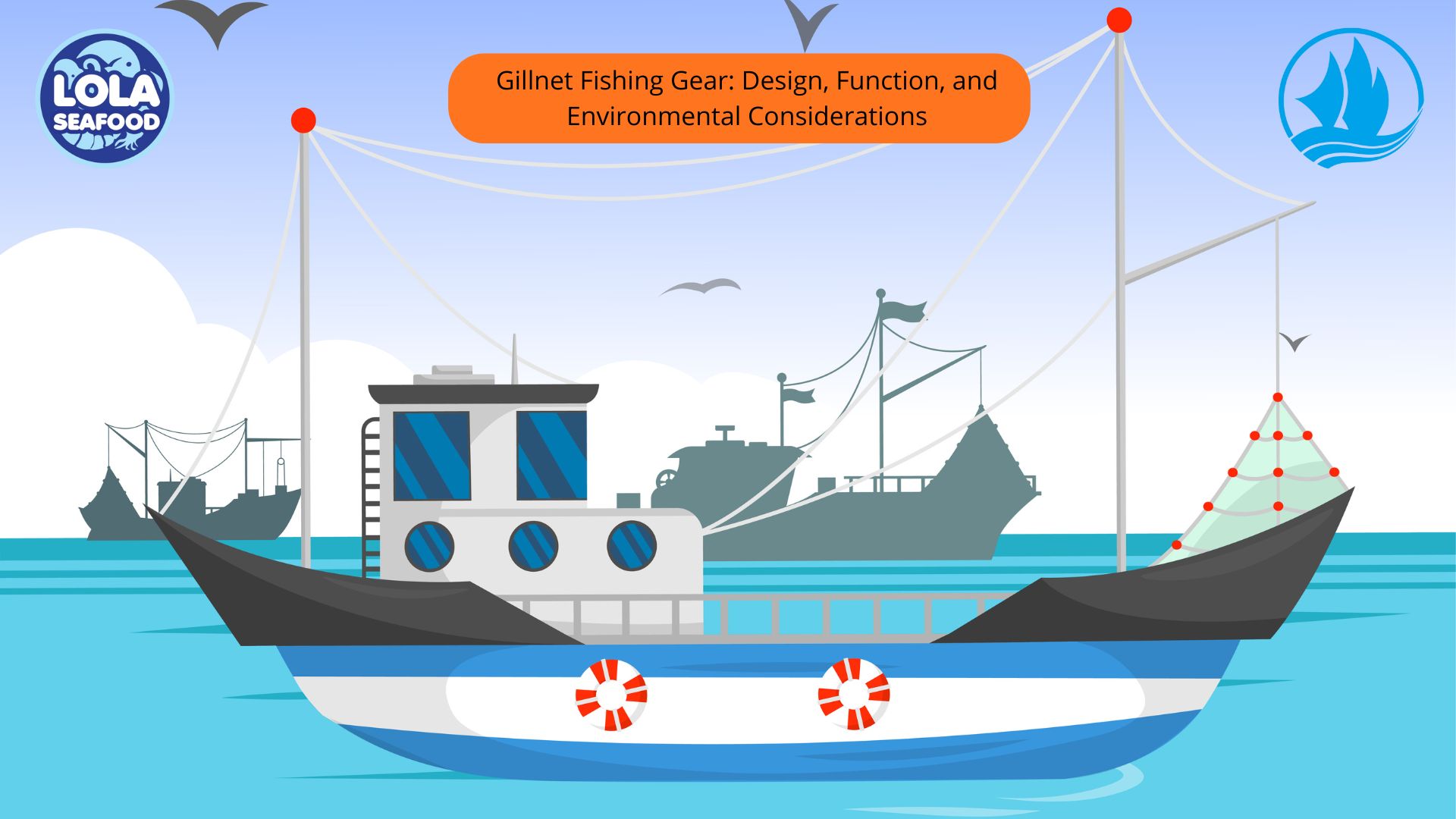5 Things You Should Know About the Dangers of Consuming Mercury-Contaminated Fish for Children
By. Puji Widyastuti - 19 Feb 2025
Kelolalaut.com Fish is a nutritious food, packed with protein, omega-3 fatty acids, and essential vitamins that support a child’s growth and brain development. However, not all fish are safe for children to consume regularly. Some types of fish contain high levels of mercury, a toxic heavy metal that can harm a child’s developing nervous system. Here are five key things you should know about the dangers of mercury-contaminated fish for children.
1. Mercury Can Affect Brain Development
Mercury is a neurotoxin, meaning it can interfere with brain development, especially in young children and foetuses. When consumed in high amounts, mercury can impair cognitive function, leading to issues with memory, attention, language skills, and motor coordination. Since a child’s brain is still developing, they are more vulnerable to mercury’s harmful effects than adults.
2. Some Fish Contain More Mercury Than Others
Not all fish pose the same level of risk. Larger, long-living fish tend to accumulate more mercury in their bodies due to their diet and lifespan. Fish that are particularly high in mercury include:
- King mackerel
- Swordfish
- Shark
- Tilefish
- Bigeye tuna
On the other hand, low-mercury fish such as salmon, sardines, tilapia, and cod are safer options for children. The FDA and EPA provide guidelines on which fish are safe and how often they should be consumed.
3. Mercury Exposure Can Lead to Developmental Delays
Long-term exposure to high levels of mercury can cause developmental delays in children. Studies have shown that excessive mercury consumption during pregnancy can result in lower IQ, speech problems, and motor skill impairments in children. Even after birth, frequent consumption of mercury-contaminated fish can lead to similar issues, affecting a child’s ability to learn and interact socially.
4. Mercury Can Harm the Immune and Cardiovascular Systems
Beyond affecting the brain, mercury can also weaken the immune system and increase the risk of heart problems. Research suggests that children exposed to high mercury levels may have a compromised immune response, making them more susceptible to infections and illnesses. Additionally, mercury exposure has been linked to higher blood pressure and cardiovascular risks later in life.
5. There Are Safer Alternatives and Guidelines to Follow
The good news is that children don’t have to avoid fish entirely. Parents can choose low-mercury fish and follow guidelines from health organizations. According to the FDA, children aged 1-3 can eat 1 ounce of fish per serving, twice per week, while older children can consume slightly more. Sticking to fish lower in mercury, such as salmon, shrimp, and pollock, ensures that kids get the benefits of seafood without the risks.
Fish is an essential part of a healthy diet, but it’s crucial to make informed choices when feeding children. Understanding the dangers of mercury exposure and selecting the right types of fish can help protect their health and development. By following recommended guidelines and avoiding high-mercury fish, parents can ensure their children enjoy the nutritional benefits of seafood safely.

.jpg)

.jpg)




.jpg)